This is the first section of my response to the composition challenge set up by Emma Davies, here. I’ll say right now that these photos might not be be most intrinsically interesting in terms of subject matter, but the idea is to make a point in each one, which might come in handy, another time – click on any image to enlarge it. Here we go with the first ten concepts:
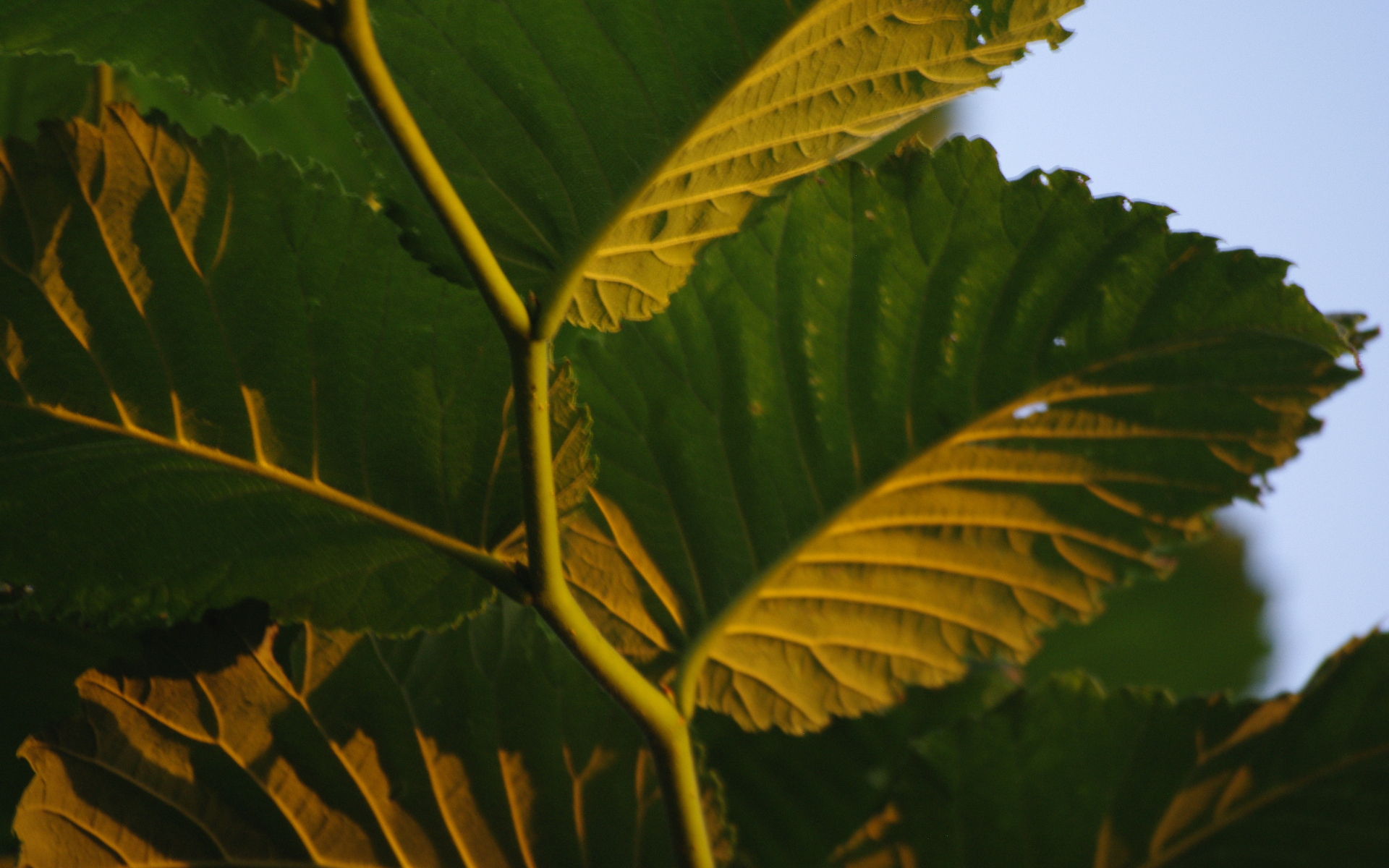 1. VIEWPOINT
1. VIEWPOINT
An interesting viewpoint can make a common subject more interesting. Here, we see the evening light catch the underside of these leaves.
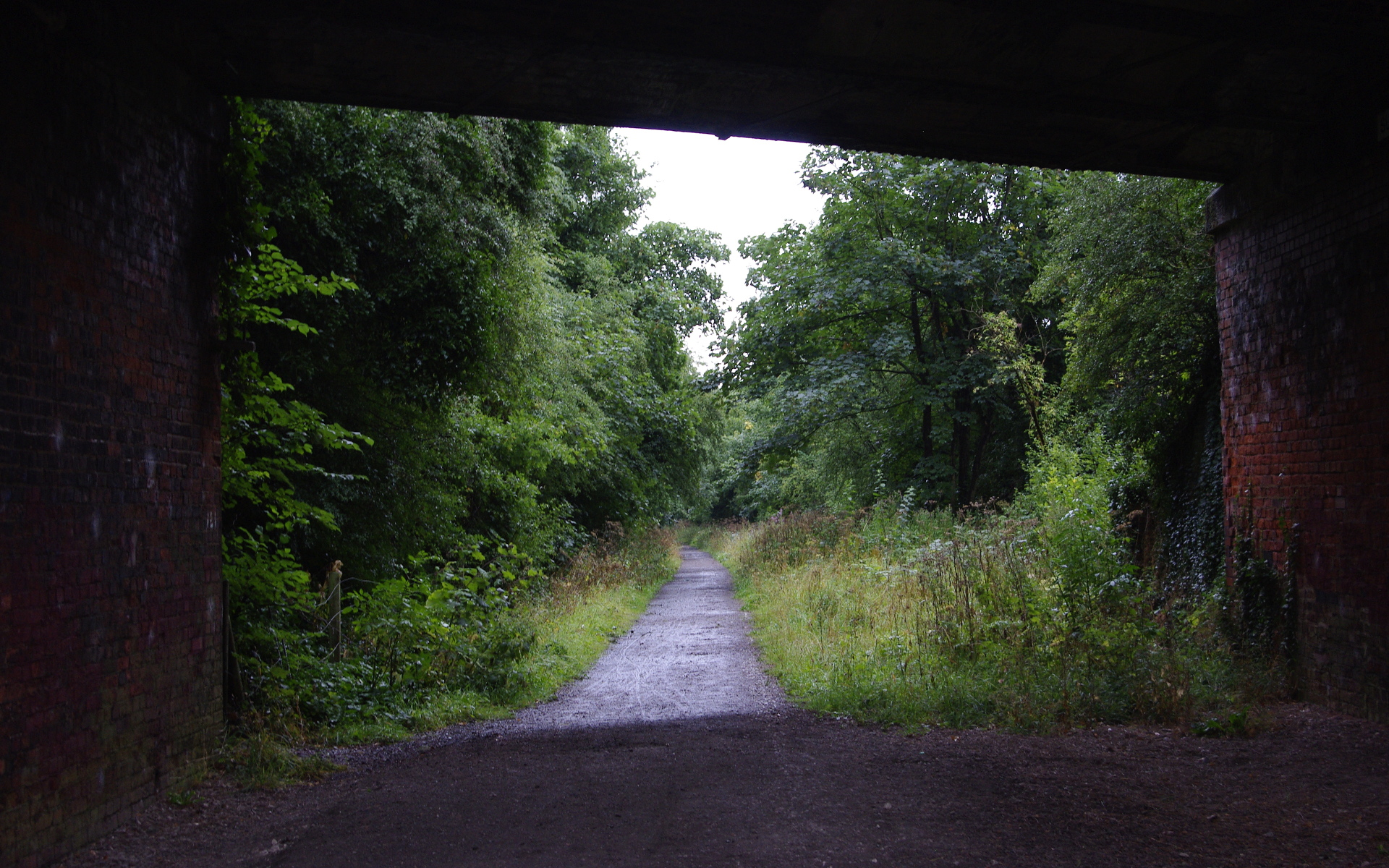 2. FRAMING
2. FRAMING
Using an appropriate object to frame the main area of the subject will sharpen the viewer’s attention.
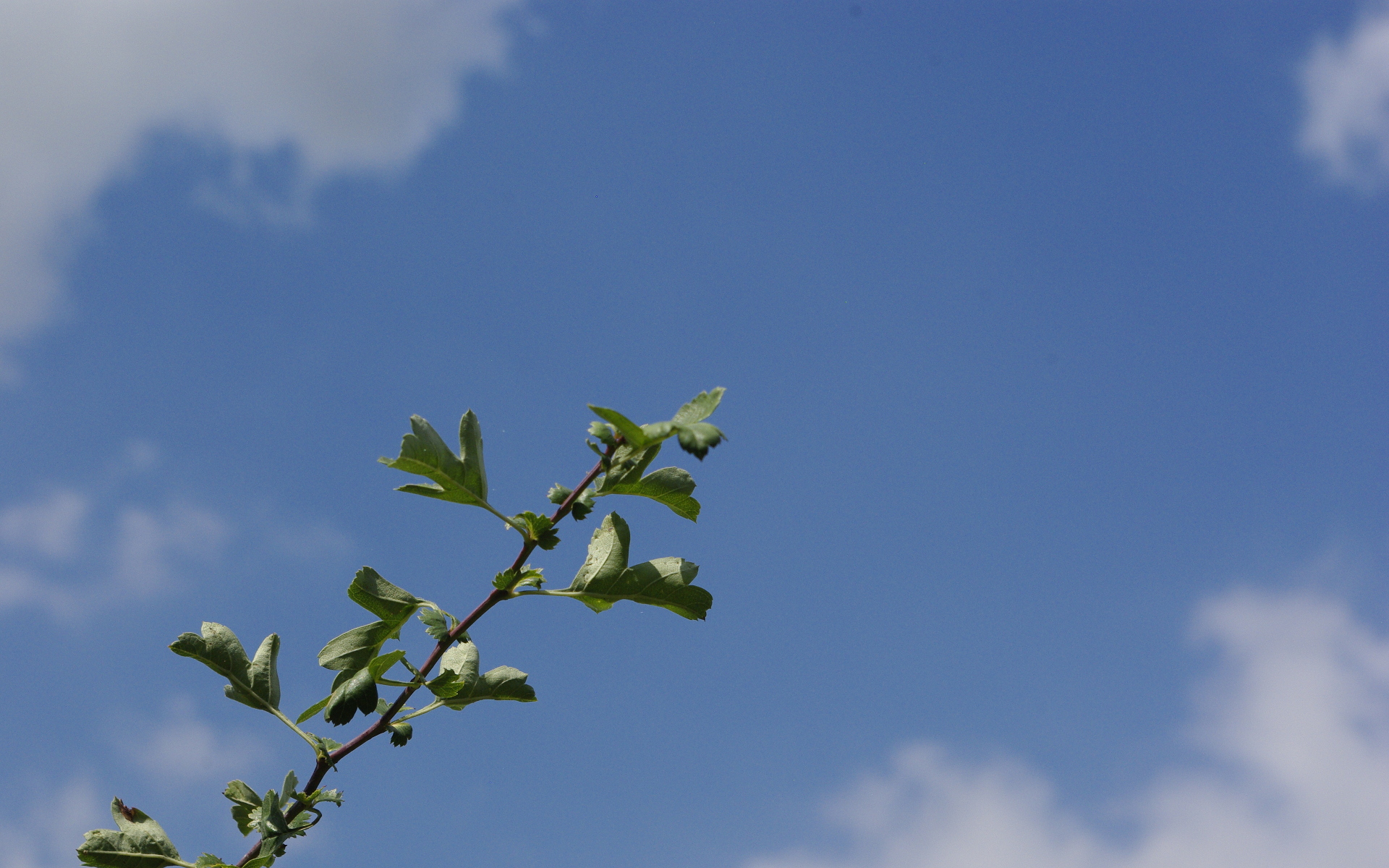 3. NEGATIVE SPACE
3. NEGATIVE SPACE
A small contrasting subject in a large plain or simple (but relevant) background can convey an idea to the viewer. I’m just capturing the concept of summer, here; a close-up shot of the piece of hawthorn wouldn’t do this.
 4. DIAGONALS
4. DIAGONALS
Diagonal lines or boundaries can help put punch and interest into a simple image.
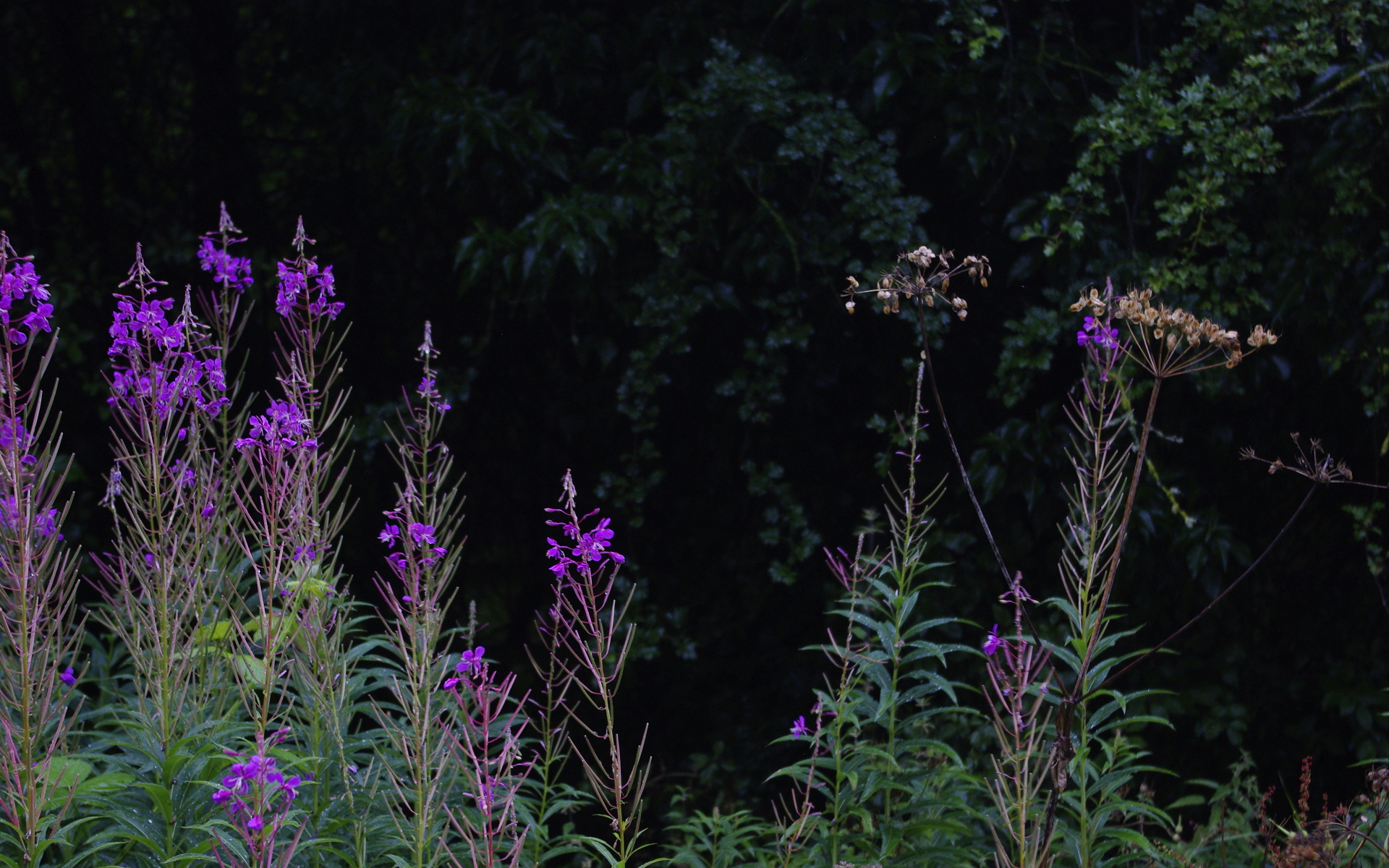 5. RULE OF THIRDS
5. RULE OF THIRDS
Positioning key sections of the subject, or the boundaries between them, approximately one third of the distance from the top, bottom, or one side of the frame will help the image to look ‘right’. A bit of a black art, this one, but it works!
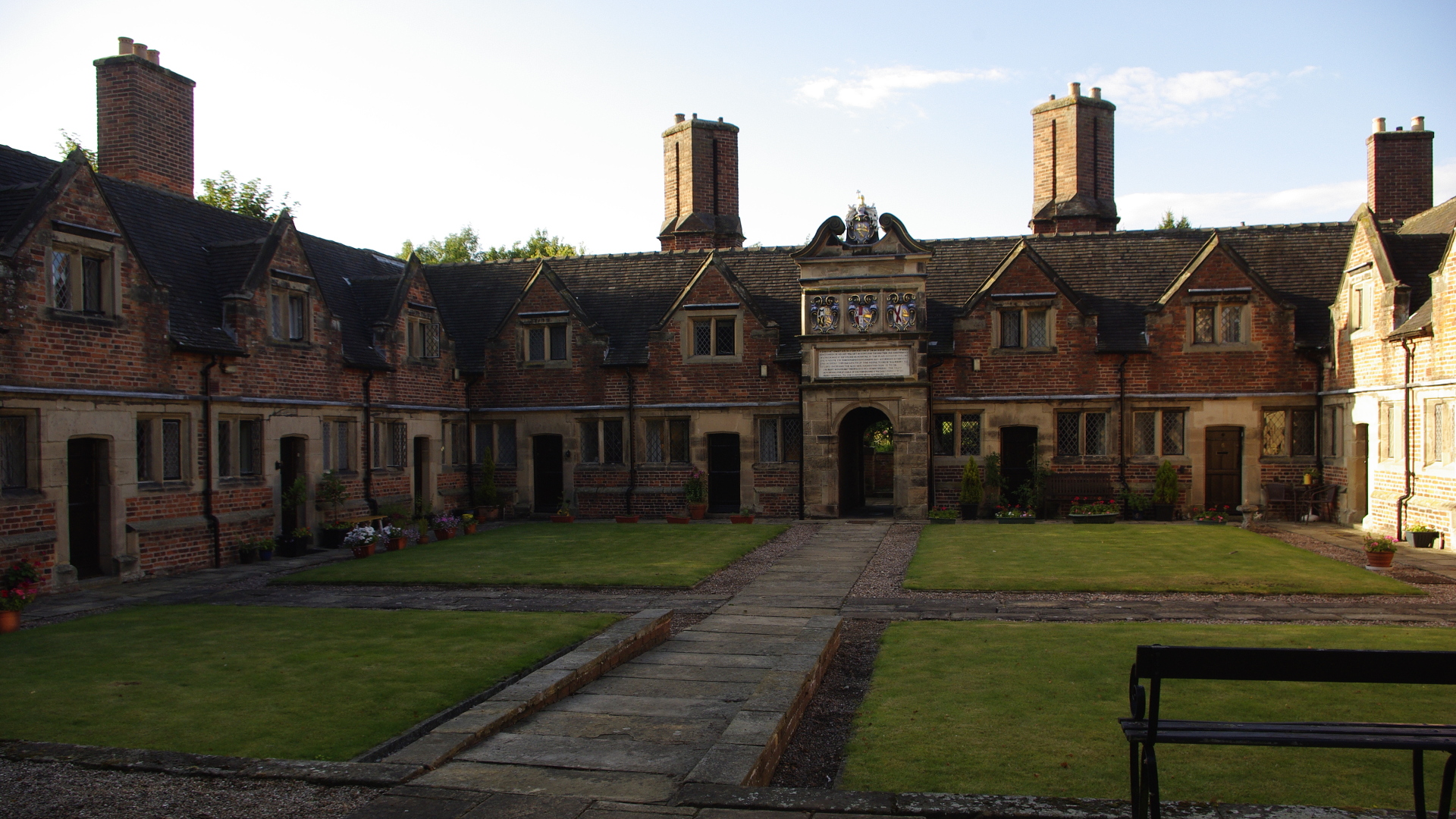 6. LEADING LINES
6. LEADING LINES
A pleasing effect results from the arrangement where naturally-occurring lines lead the eye to an important part of the subject. Here, the pathway takes us to the archway with ornate detail above. Besides such obvious instances in architecture and landscapes, parts of subjects in nature, such as the wings of a bird, can produce this effect.
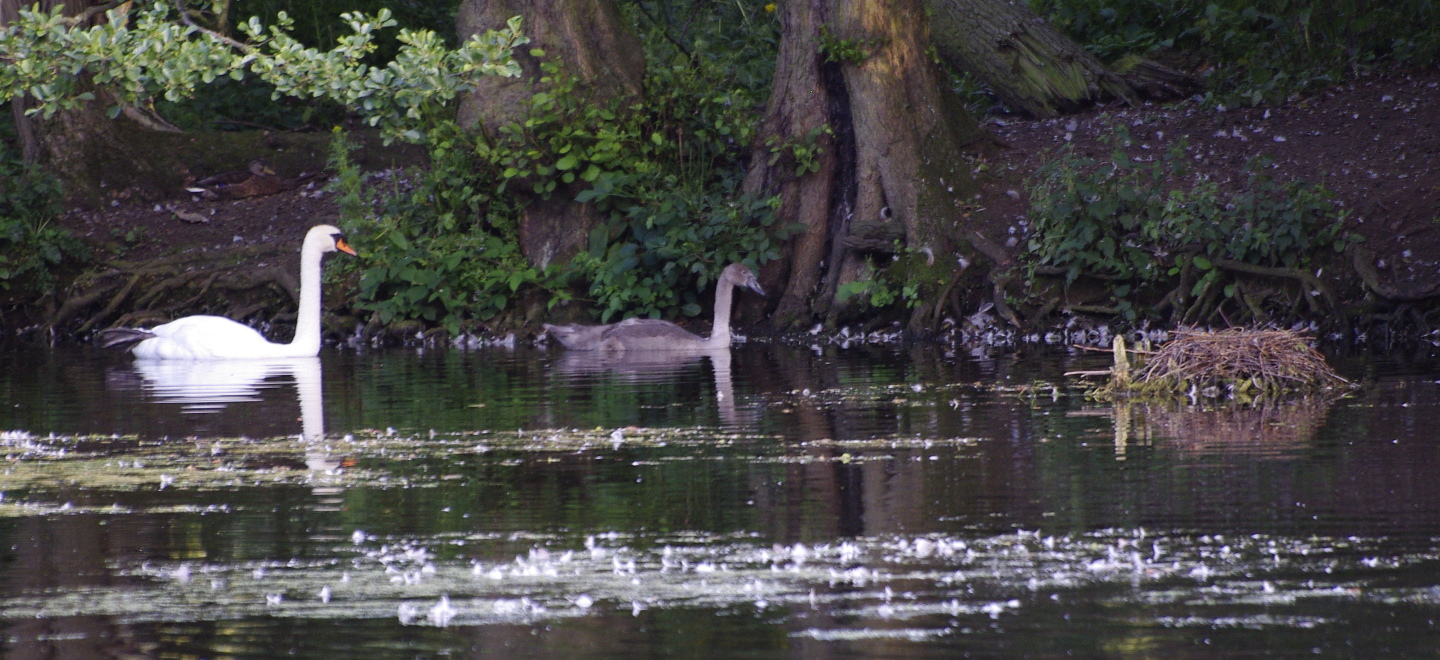 7. SYMMETRY
7. SYMMETRY
This is a powerful tool for adding intrigue to a simple subject. Reflections are a personal favourite of mine, but of course, architecture and manufactured articles can provide great examples.
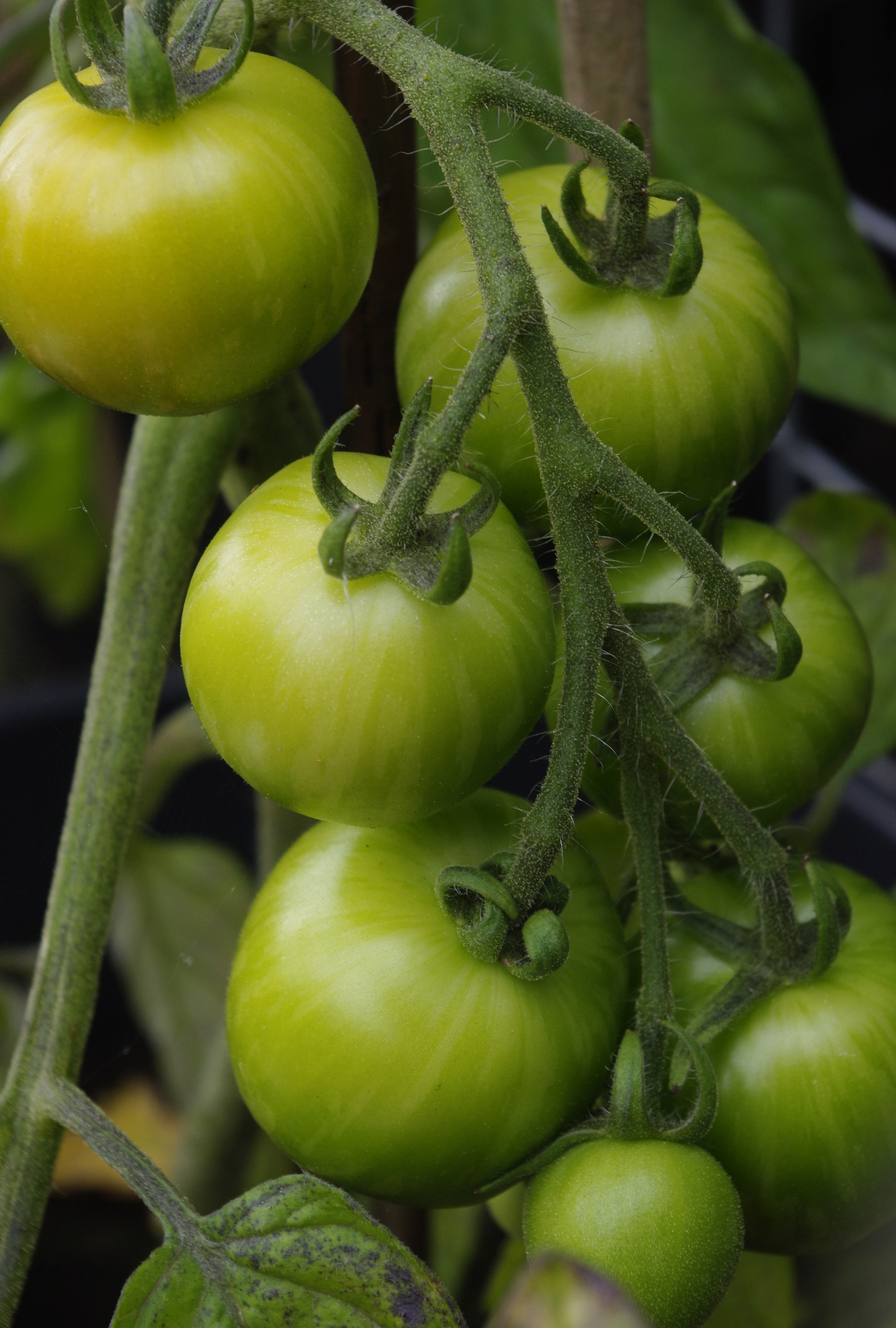 8. FILL THE FRAME
8. FILL THE FRAME
Sometimes, one smallish subject is all you want to capture; why include anything else? Fascinating details will be all the clearer, and there will be no distractions.
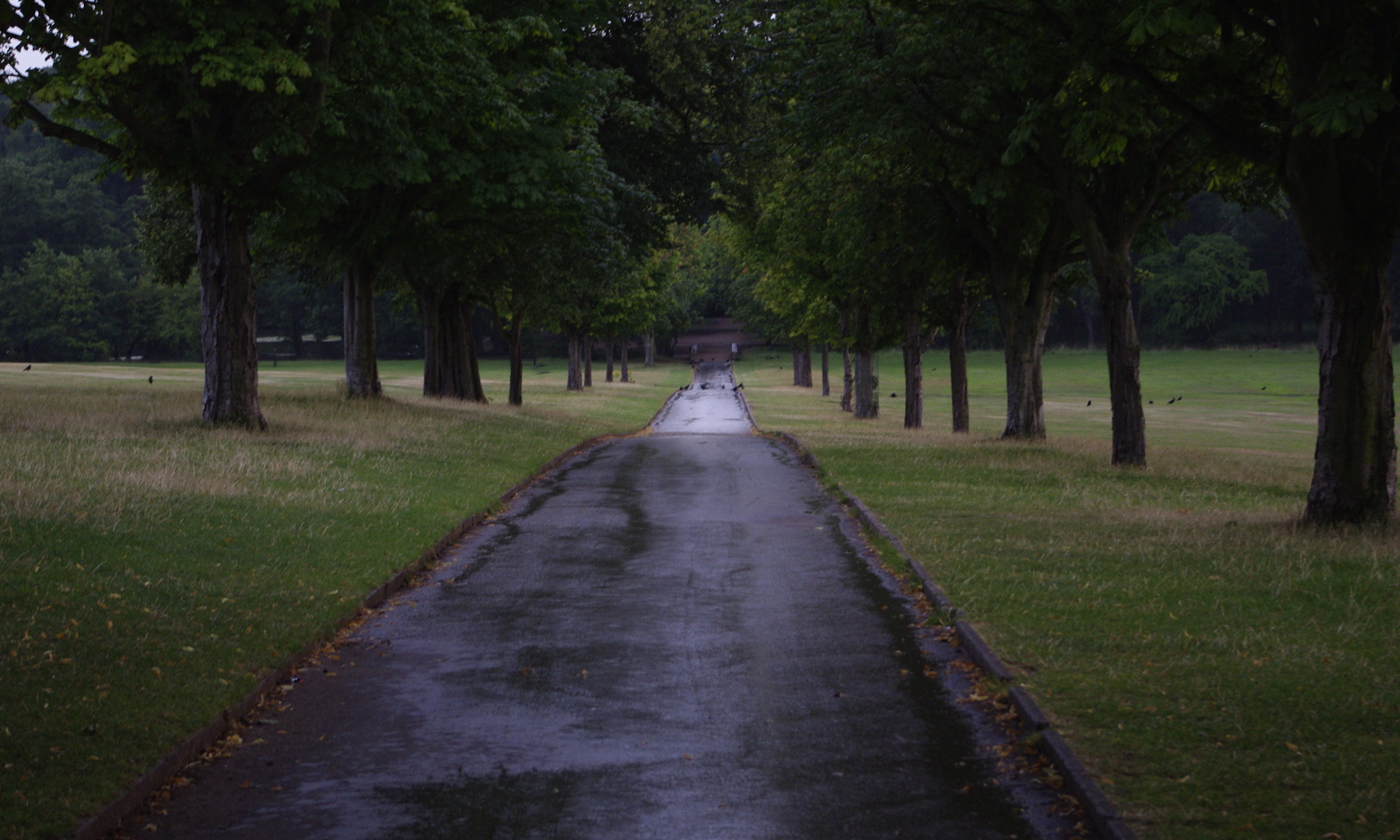 9. TRIANGLES
9. TRIANGLES
Here, we may be considering the actual shape of a subject, the shape of one of more viewed areas (as here) or the arrangement and layout of several entities. Any of these will hold the attention, especially if combined with other interesting effects. Here, a shower of rain on the path has added that difference.
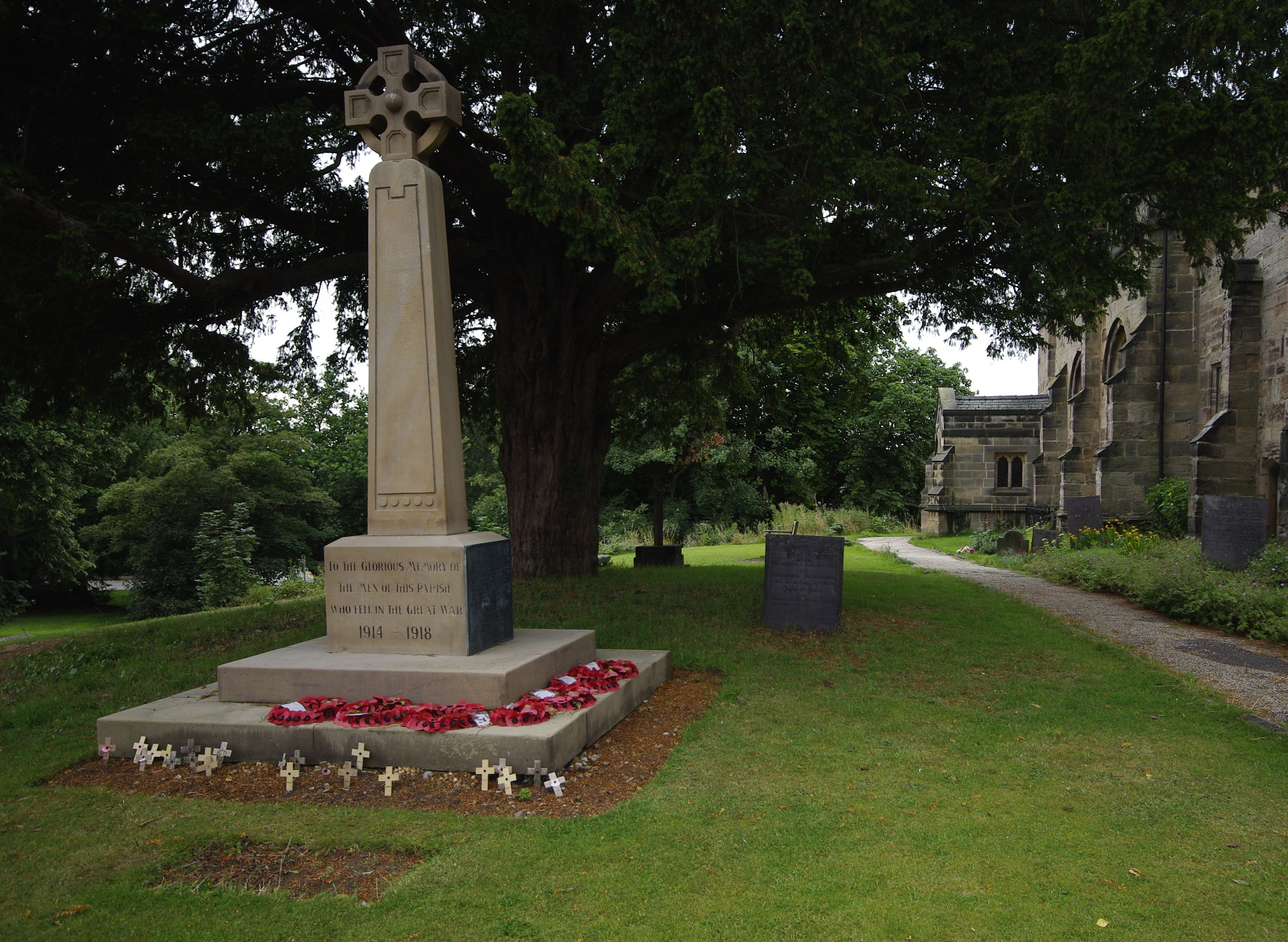 10. BALANCE
10. BALANCE
This is possibly the hardest technique to practise (and the most difficult to define) so far. It can be literal, figurative, or both. The idea is to make different parts of the picture, or several items, work together without ‘fighting for space’. Here a theme which incites thought about life and death is built up from the war memorial, the tree, the church, and the graves in the background.
* * *
OK… more soon. Have fun practising!
It's kind to share!

